National Parks Family Road Trip: Part 1 – Introduction & Planning
Signing up for credit cards through partner links earns us a commission. Terms apply to the offers listed on this page. Here’s our full advertising policy: How we make money.
Update: One or more card offers in this post are no longer available. Check our Hot Deals for the latest offers.
It’s exciting to travel to faraway places to see new sights and different cultures. But don’t forget, the US has some of the most amazing (and popular!) parks in the world.
Million Mile Secrets team member Meghan recently returned from a 2,500+ mile road trip through some of the top National Parks in the US. I’ll let her tell you about it!
Meghan: Thank you Daraius! My husband and I love adventure, and with a new(ish!) baby in tow, we decided it would be a great idea to take a road trip to fantastic National Parks including Yosemite, Death Valley, Red Rock Canyon, Zion, and Bryce Canyon. Especially because our daughter is still light enough to carry in a backpack. 😉
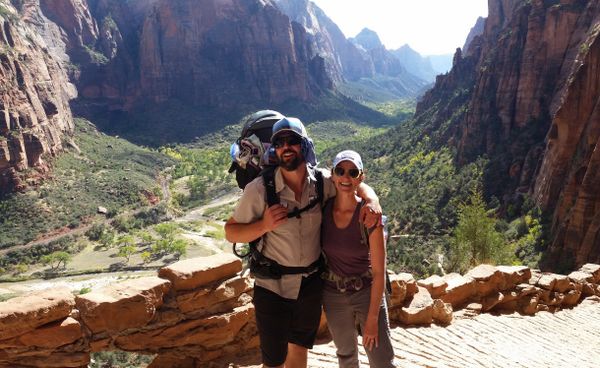
Visiting National Parks like these is a great way to spend a vacation, so I’ll share how my family and I planned our trip. Along with the highlights from each of the parks we visited.
National Parks Family Road Trip Series:
- Part 1 – National Parks Family Road Trip – Introduction & Planning
- Part 2 – National Parks Family Road Trip – Highlights of Yosemite
- Part 3 – National Parks Family Road Trip – Highlights of Death Valley & Red Rock Canyon
- Part 4 – National Parks Family Road Trip – Highlights of Zion & Bryce Canyon
- Part 5 – National Parks Family Road Trip – Tips for Family Travel & Camping With a Baby
National Parks Vacations
If you want to visit any of the US National Parks, it’s important to put some thought into planning your trip. So you and your friends or loved ones can have a great vacation!
Step 1. Decide Where to Go
I’d suggest first figuring out what type of activities you and your family enjoy. For example, my husband and I love to hike and get off the beaten path, and the National Parks in the West have some of the best hiking trails in the US!
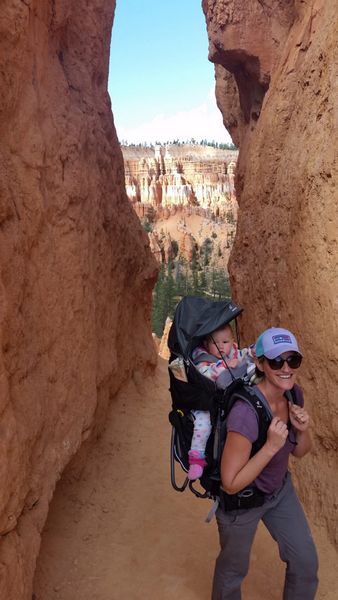
If you prefer guided tours, staying in hotels, or different types of terrain, it could make more sense to plan a road trip along the Blue Ridge Parkway, for example. That connects Shenandoah National Park and the Great Smoky Mountains National Park. Where you can stop and stay in popular cities like Asheville, North Carolina.
Or consider a trip to a spot like Biscayne National Park near Miami, if you’re looking for a beach vacation. Where you can snorkel or scuba dive in coral reefs and mangrove forests, and fish for snapper.
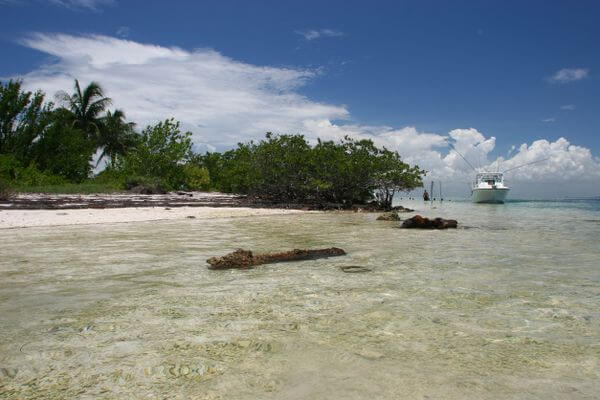
And if you’re an animal lover, I’d recommend Yellowstone National Park. Where you can see bison, moose, elk, and maybe even a grizzly bear!
Plus, take into account where you’re traveling from and how much time you have. In case you need to plan for flights and a rental car during your trip.
We live in Montana, so driving to Nevada, California, and Utah, was doable for a 2-week trip.
Step 2. Plan When to Go
When you’re planning a National Parks vacation, deciding what time of year to visit is very important! Because things like weather and crowds can have an effect on your overall experience.
The parks are busiest during the summer months (May through August), so if you’re not a fan of crowds, it might be wise to plan your trip during the off-season months. Though some of the more famous parks (like Yosemite) are busy year around.
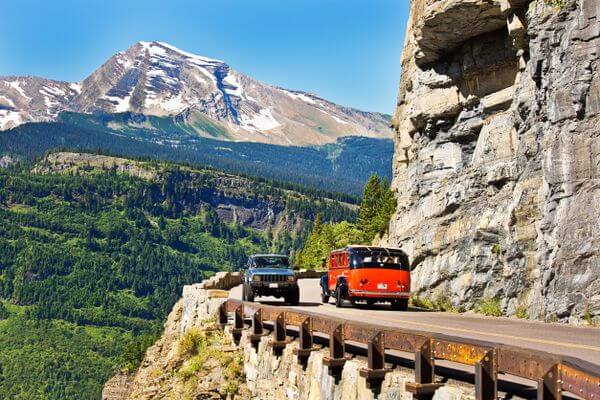
Plus, winter weather can cause difficult driving conditions, and in some cases, parks close off certain areas to visitors during the winter months.
We chose mid-October for our trip because there would be fewer crowds, cooler temperatures, and fall leaves in certain locations. It really was an excellent time of year for a trip like this!
Step 3. Choose Where to Stay
Deciding where you’re going to stay is critical if you’re planning a trip during peak summer months. Especially in the most popular parks like Yosemite, because hotel options are limited and can book up a year in advance. And it can be hard to find chain hotels inside the parks, so sometimes using points isn’t an option.

If you want to camp, you can be more flexible, because oftentimes there are camping spots in and around most National Parks. But some do require a reservation.
We did a combination of camping and hotel stays during our road trip to save money. Because camping sites are substantially cheaper than hotel rooms!
You Can Do It, Too!
Camping, Hotels, & Airbnb Stays
If you decide to camp during your vacation, be sure to bring enough cash. Because you can NOT pay with a credit card at a lot of camp sites, unless you’re booking your site in advance.
And if you want to use points for a hotel stay, you can use tools like Hotel Hustle and AwardMapper to help search for award nights along your route.

Just remember, it can be hard to find chain hotels inside most parks. So you’ll have to decide whether it’s worth staying outside the park and driving in each morning.
Or you could even find a great Airbnb nearby!
I like spending as much time exploring as I can during a vacation, so I’d prefer to pay cash for a hotel inside the park to save time, and save my points for another trip.
Gas
One of the biggest expenses on a road trip is gas. So use a credit card that earns miles, points, or cash back at gas stations.
I used my Chase Ink Plus (no longer available), that earns 2X Chase Ultimate Rewards on gas. But you could also use a card like the Premier Rewards Gold Card from American Express, that earns 2 AMEX Membership Rewards points per $1 you spend at US gas stations. Or the Blue Cash Preferred® Card from American Express that earns 3% cash back at US gas stations.
Check out this post about how to decide which is the best card to save on gasoline.
Flights & Rental Cars
Depending on where you live and which parks you plan to visit, you might need to fly closer to your destination and rent a car.
Using the Southwest Companion Pass can save you LOTS of money on airfare, because you can fly nearly 2-for-1 on domestic paid and award tickets.
Pay with a credit card that earns bonus miles and points on airlines. Or a card that earns a bonus on travel, like the Chase Sapphire Preferred Card or the Barclaycard Arrival Plus World Elite Mastercard.
And if you need to rent a car, read this series on cheap car rentals, for tips & tricks on saving money on rental cars.
More Ways to Save Money
All of the National Parks charge a vehicle entrance fee, so depending on how many parks you plan to visit, it could be worth buying an Annual Pass that costs $80.
I did the math, and if you plan on visiting 2+ parks over the year, an annual pass is likely worth it. Because the major parks, like Yosemite and Grand Canyon National Park, charge $30 for a week-long permit. And the pass grants you access to other National Park Service monuments, like Devils Postpile, that can easily cost $10+ per visit.
Tip: This Wikipedia page lists the areas in the US National Park System. So it’s a good resource for planning your trip.
Plus, if you need to buy gear for your trip, you can go through shopping portals that earn cash back, miles, or points at certain retailers. I like using sites like CashbackMonitor.com that show you what bonuses various portals are offering.
And don’t forget to check out this post on how to plan a terrific road trip!
Bottom Line
Visiting one (or more!) of the amazing US National Parks can be a great way to spend a vacation. Especially if you like adventure and beautiful scenery!
But it’s important to plan your trip carefully, to make sure you and your travel companions have an enjoyable experience.
In the next part of the series, I’ll share the highlights of our time in Yosemite National Park!
Editorial Note: We're the Million Mile Secrets team. And we're proud of our content, opinions and analysis, and of our reader's comments. These haven’t been reviewed, approved or endorsed by any of the airlines, hotels, or credit card issuers which we often write about. And that’s just how we like it! :)
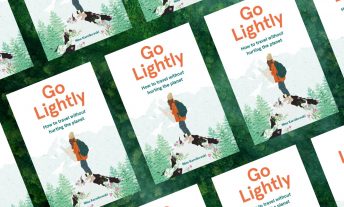
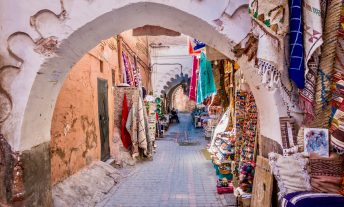
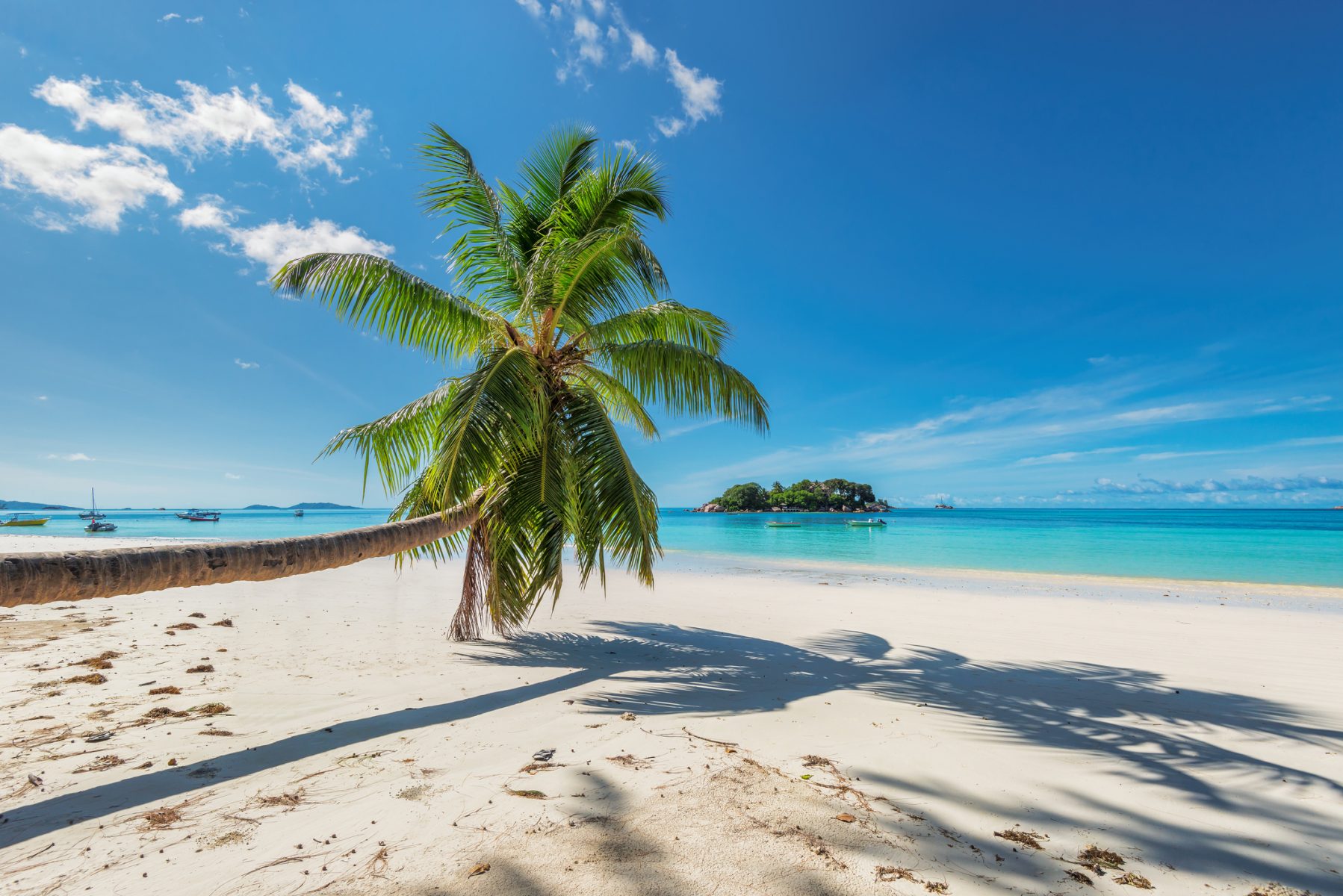


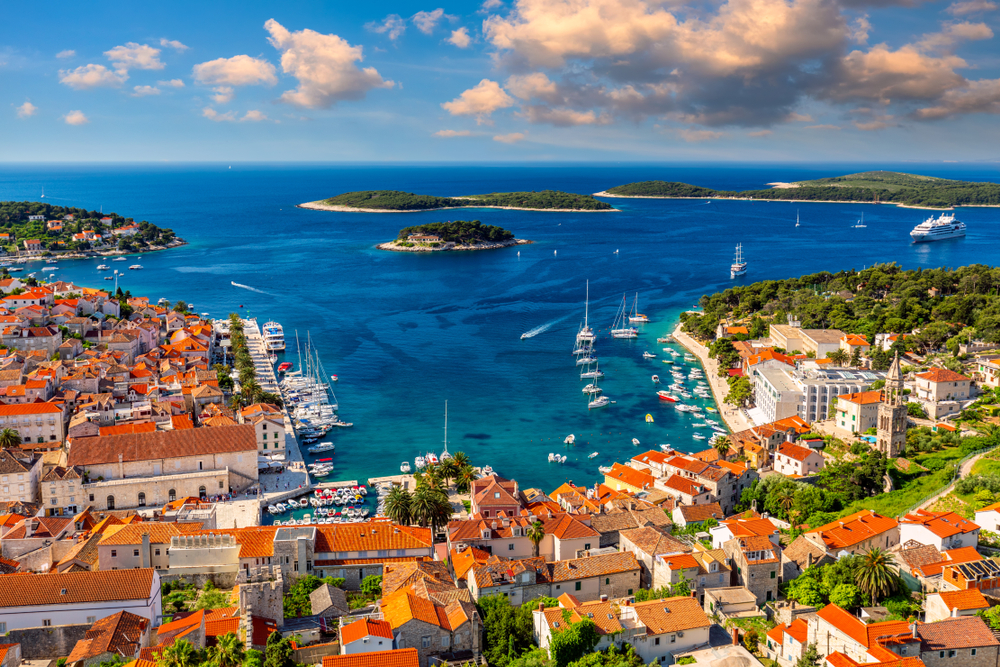
Join the Discussion!